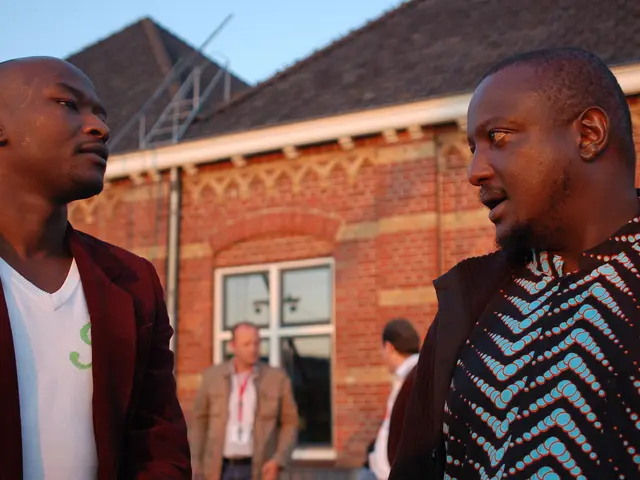Social Wagering Trends in 2023: Alex Kornilov of BETEGY Highlights Social Betting as the Key Focus
Revised Article:
In a bid to ramp up player engagement and retention, the gambling industry has taken a fresh approach - integrating social betting features. I chatted with Alex Kornilov, the brainchild behind BETEGY, to gather his insights on this recent buzz.
First Up, Where Did This Social Betting Concept Originate?
Over the last decade, people have grown comfortable sharing their lifestyle activities, including betting and gaming wins, online. This shift has significantly changed the scene, as gambling was once a private affair. With players more open to discussing successes and failures, social betting platforms have gained momentum.
Creating a successful social betting platform is no easy feat, but when done right, it's a powerful tool. Laying standard betting operators with social features carries risks if the foundation isn't solid. To succeed, operators need to think beyond the usual KPIs and rethink their approach with social platforms.
What are the Most Effective Social Betting Features?
Several emerging social betting features are proving to be crowd-pleasers, such as the 'copy bet' feature. This feature encapsulates all aspects of social betting, sparking discussions about specific bets that can be debated among players, who may choose to copy or dismiss them – either way, it keeps the conversation going. The 'copy bet' feature has shown impressive results in the online trading sector (like EToro), indicating promising prospects.
The influencer angle is another promising avenue. Bringing influencers into the mix boosts engagement, offering an incentive for audiences to get involved. For example, people can bet based on Michael Owen's betting tips, giving them a chance to mimic successful punters. This strategy opens a new door for tipsters to grow a following, as viewers join in on their betting action.
Which Markets/Demographics are Seeing Success with These Features?
Smartphone adoption and the widespread popularity of social media have made these features accessible almost everywhere. While English-speaking markets enjoy a particular edge due to English being the dominant digital language, the US stands out with its rapid expansion of regulated markets. Social betting is likely to take off in the US due to existing social betting adoption.
Gen Z and millennials are the primary beneficiaries of these features, as they've grown up amidst social media and a digital world. The interactive, community-driven nature of social betting aligns with their preference for digital connection and peer interaction.
How Will this Concept Evolve in the Coming Years?
I believe the social betting landscape will continue to expand, mirroring trends seen in financial markets where prices are often defined by underlying product values. As things get increasingly complex in the betting industry, embracing the social world will become crucial, as more dynamics emerge in the betting scene. In five years' time, you can see how much has changed, and the cycle will likely repeat.
Enrichment Insights:
- Popular social betting features emphasize community, entertainment, and low-risk engagement.
- Features like avatars, personal profiles, leaderboards, prop picks, virtual currency, messaging, fantasy league mechanics, and mobile-friendly interfaces make betting more engaging and approachable for Gen Z and millennials.
- Collaboration among users, gamification, convenience, mobile use, and merging social media with betting are key factors in attracting and retaining younger audiences.
- In the future, as the social betting landscape evolves, we might see finance industries adopting similar strategies, allowing users to compete and discuss financial investments in a social context, much like sports betting platforms today.
- To cater to the youth demographic, technology could be leveraged to create more interactive and immersive betting experiences, such as integrating virtual reality or augmented reality into social betting platforms, thus making them more engaging and appealing for Gen Z and millennials.








